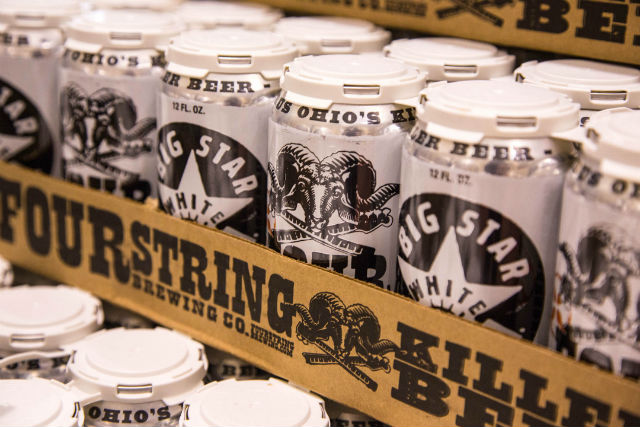
Larry Horwitz said it took a while for he and his brew team to capture what the essence of a strongly worded complaint or snippy email or online comment meant.
People may take issue with certain styles, or they didn’t appreciate a certain brand. Maybe they even found out of code beer.
“It took a while for us to get a hold of [social media] culturally because some people see it as people complaining,” the brewmaster for Columbus, Ohio’s Four String Brewing pointed out. “They’re not complaining, they care. We just had to shift the way we saw some of those things come through because if they didn’t care they wouldn’t e-mail us or or hit us on social media. Instead, they would just throw the beer in the trash and buy somebody else.
“[Social media] has brought out a quality element which was a surprise. And I’m pretty stoked about that.”
Pointing out that — as a tiny company of less than 10,000 barrels produced last year — they don’t have a huge sales force out in the market.
“Following up on placements and date codes and that to me has just been one of the surprise ‘awesomes’ of social media,” he said.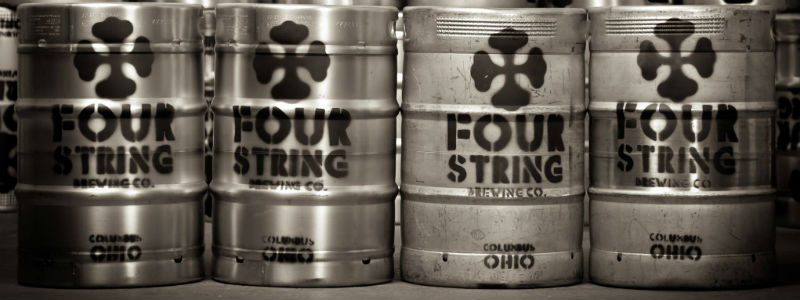
Breweries like Four String want to be able to talk directly to those drinking their beer, especially if they’re having a problem.
“It helps us identify shortcomings we have,” Horwitz said. “So if we’ve got a bad beer somewhere in the market, we find out about it often on social media. Somebody will say, ‘Hey, I grabbed a six-pack at this place and it’s not in great shape.’ And we say,’Thanks for the information.’ Let’s get them T-shirt or something.”
The brewery does a lot via Instagram and Horwitz says it’s a great opportunity to market their brand, even outside their territories.
“All small businesses can be better at almost everything. We’re resource challenged as well, but when it comes to marketing to consumers and letting people know what we’ve got going on it’s become a vital piece of our business,” he said of social media. “People engage across social media platforms at a level never seen before and we like it especially because it becomes authentic for us.
“We get a lot of great feedback that leads to constructive increases in our quality because consumers are sending us pictures of how they’re using our products and where they’re using our products and if they’ve got challenges they let us know.
“And I like the art. I mean the visual imagery that we see coming through even from our customers has been pretty cool to look at. We’re a company that doesn’t have the budget for billboards, TV and radio. So how are you going to let people know what’s going on with your product? That’s become clutch.”



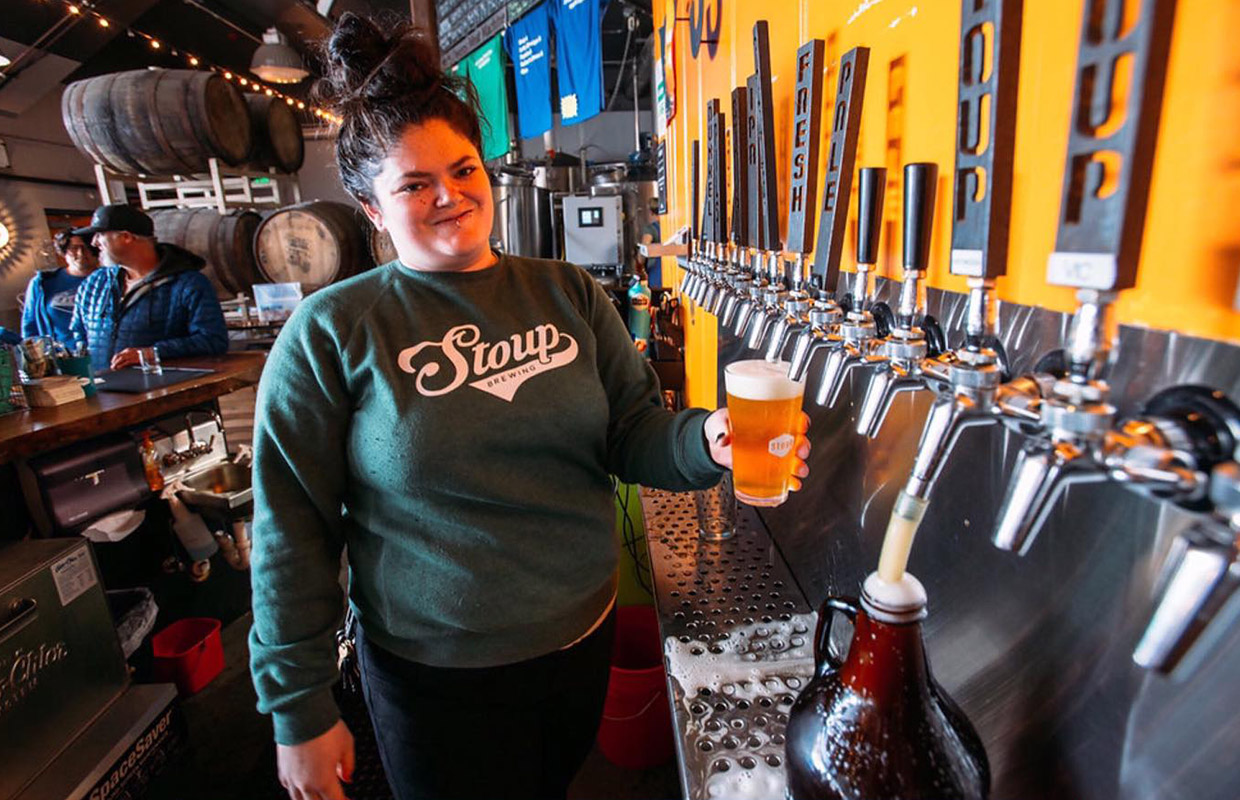
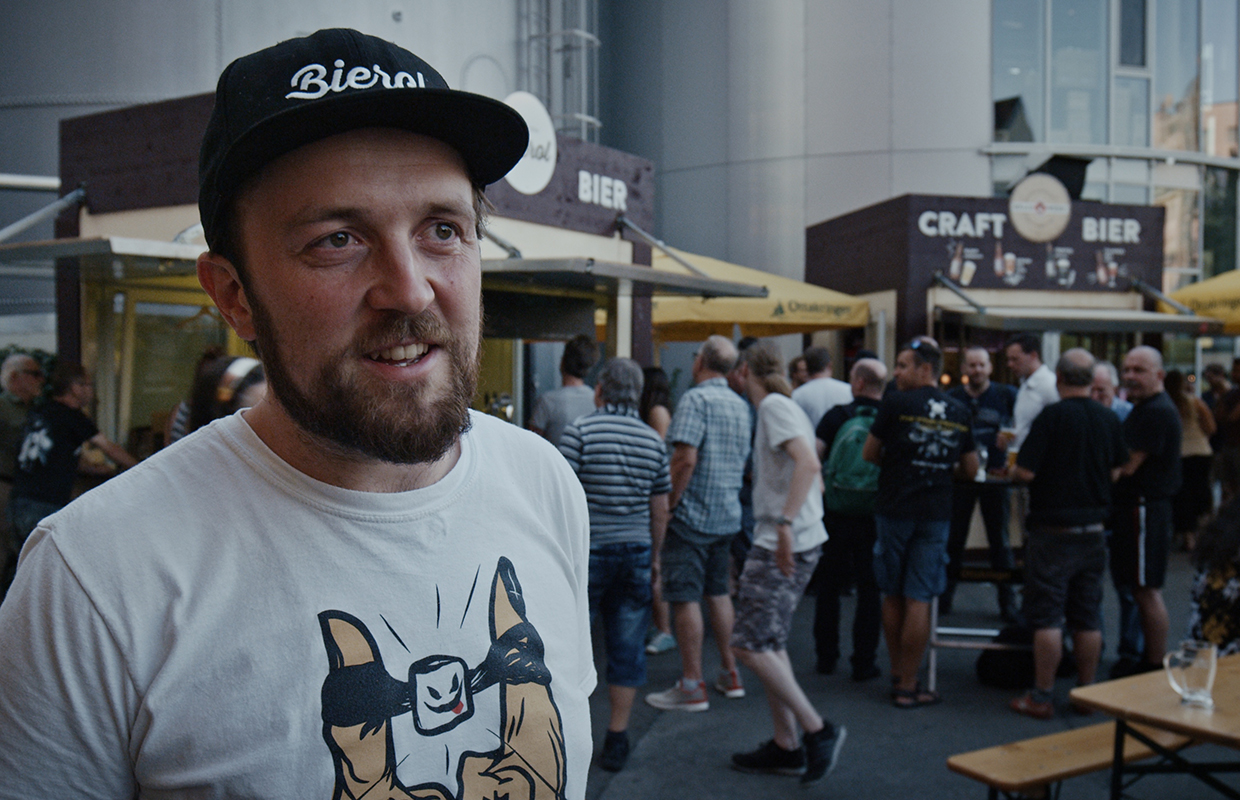
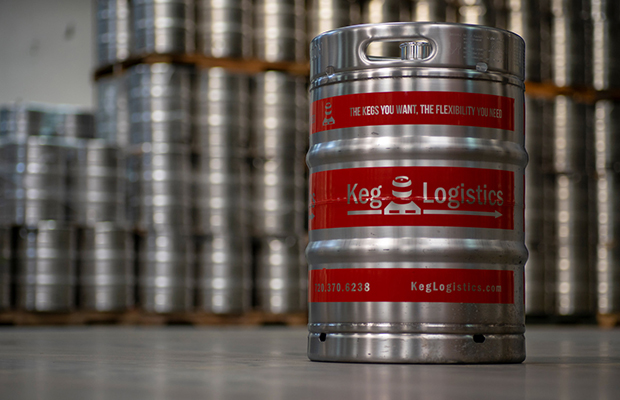
2 Trackbacks / Pingbacks